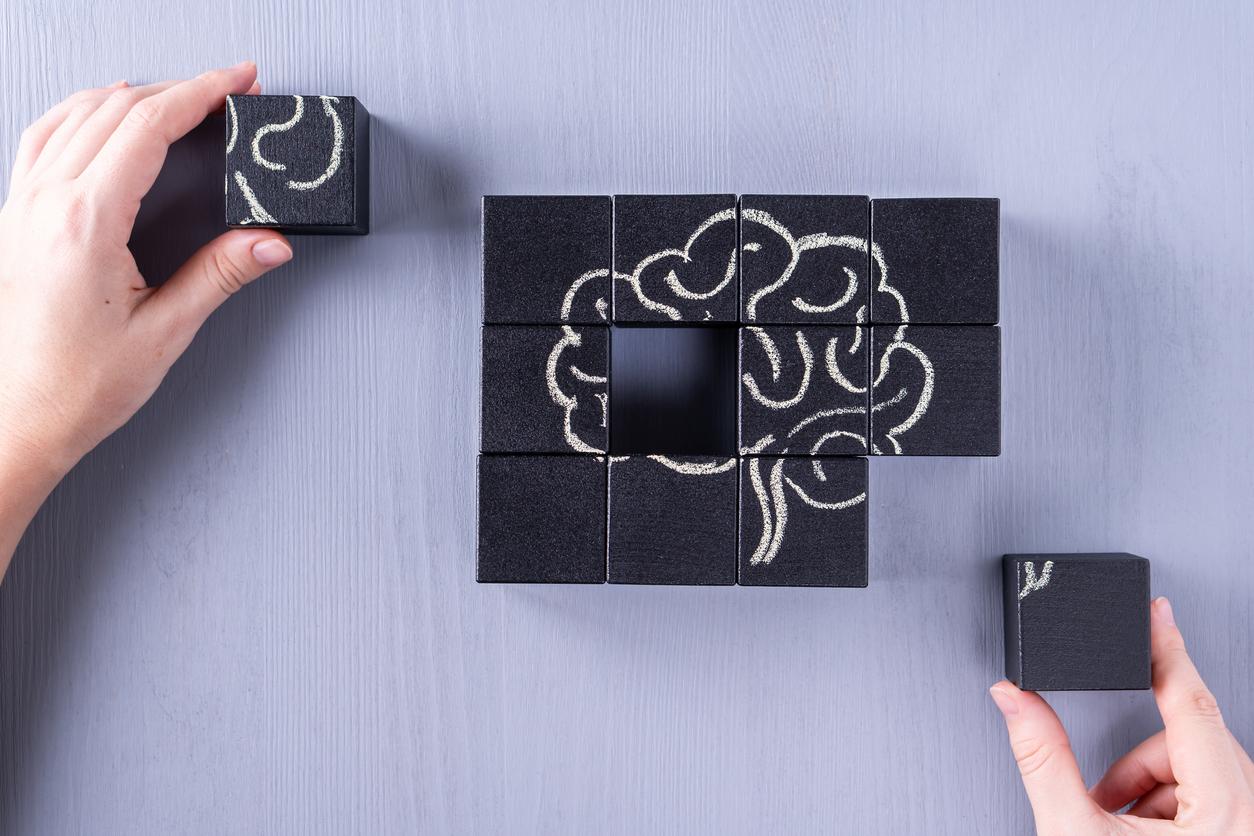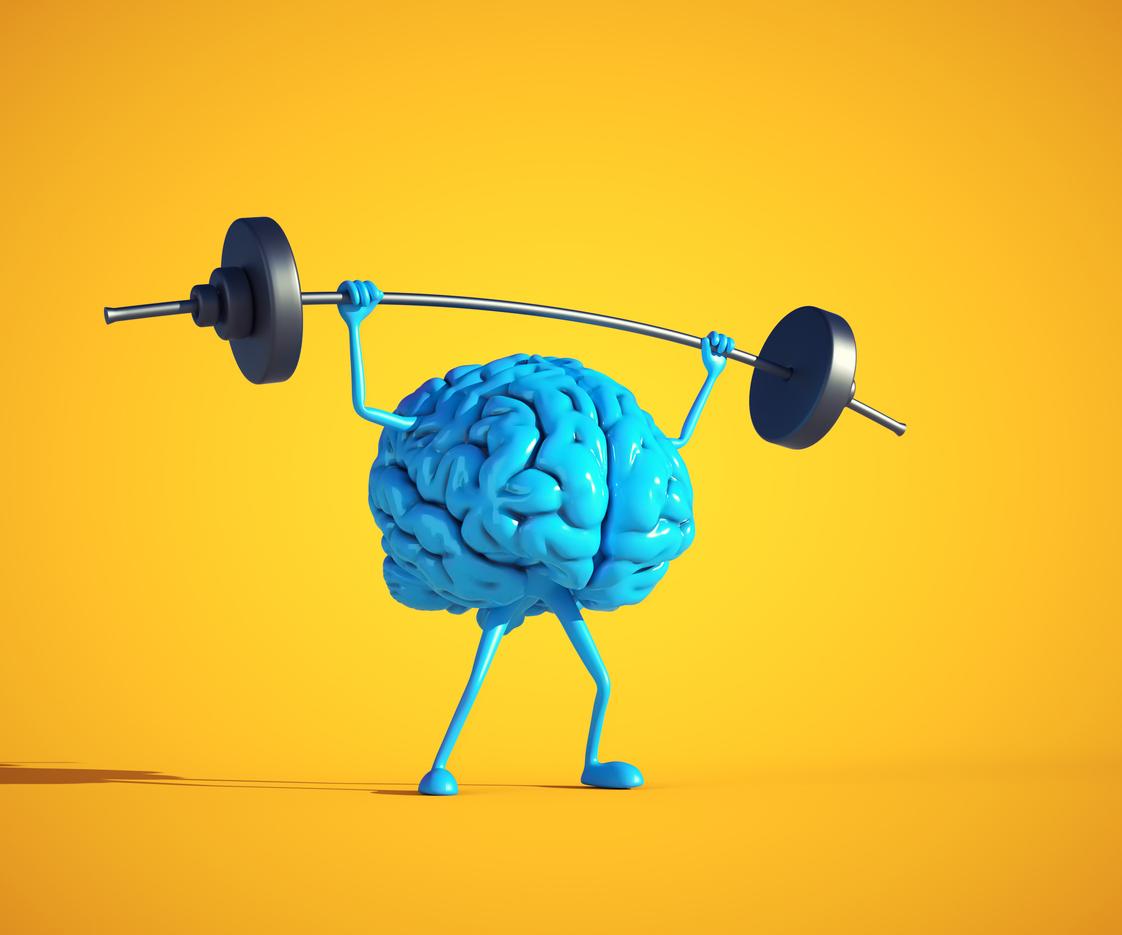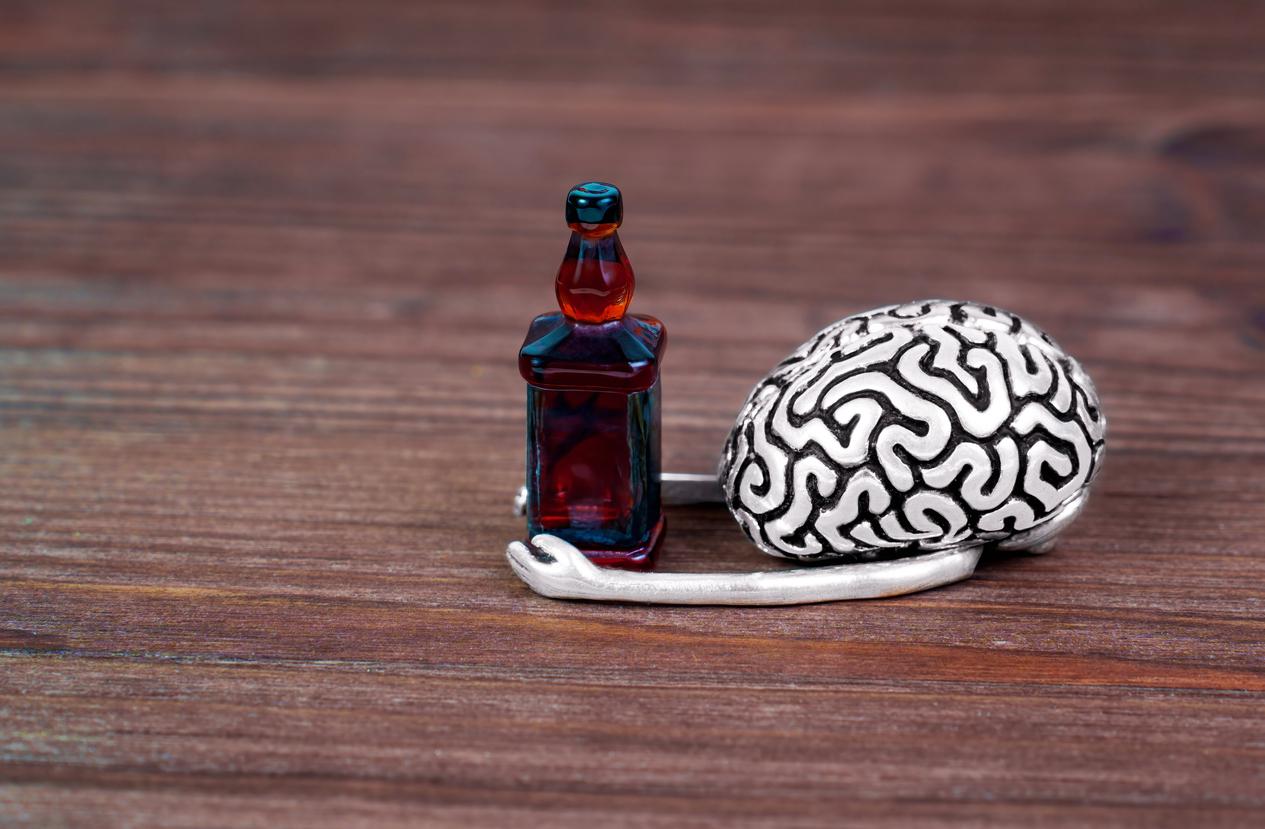The cerebral fingerprint can be identified in just 1 minute and 40 seconds… But, depending on the areas of the brain, it appears more or less slowly.

- Each person has a brain fingerprint that can be seen in just 1 minute and 40 seconds.
- Depending on the areas of the brain, the imprints change and do not appear at the same time: some areas are slower.
It would only take one minute and forty seconds to identify the cerebral fingerprint… Because yes, each of us has a unique one! This is confirmed by researchers in a study recently published in the journal Science Advances. “My research examines the networks and connections within the brain and in particular the links between different areas, in order to better understand how things work, explains Enrico Amico, one of the researchers. We do this largely usingMagnetic resonance imaging (MRI) which measures brain activity over a period of time.um.”
A map of neural networks to understand brain activity
Once this information has been collected, Enrico Amico and his research team generate graphs represented in the form of colored matrices that summarize a person’s brain activity. “All the information we need is in these graphs, commonly referred to as ‘functional brain connectomes’, develops Enrico Amico. The connectome is a map of neural networks. They tell us what the subjects were doing during their MRI, whether they were resting or performing other tasks, for example. Our connectomes change depending on the activity performed and the parts of the brain used.”
1 minute and 40 seconds to identify a cerebral fingerprint…
In previous studies, two things have already been proven: that each individual had a unique cerebral fingerprint and that it was identifiable thanks to MRI scans that last several minutes. This new study therefore went further. The researchers managed to identify a brain fingerprint in just 1 minute and 40 seconds. A much shorter period than that of previous studies. “There’s no need for an MRI that measures brain activity for five minutes, explains Enrico Amico. Shorter time scales could also work.”
… but depending on the areas of the brain, this delay may be longer
In parallel, the researchers also showed that brain fingerprints from different brain areas appear at different times. Those most quickly visible were located in the sensory areas of the brain, and in particular areas related to eye movements, visual perception and visual attention. Secondly, the regions of the frontal cortex associated with more complex cognitive functions make visible the cerebral fingerprint of their area. They are slower than the previous zones.
Comparing brain fingerprints of Alzheimer’s patients
During their research, the scientists want to compare the brain fingerprints of healthy patients with those suffering from Alzheimer’s disease. “Based on my initial findings, it appears that the characteristics that make a brain imprint unique gradually disappear as the disease progresses, details Enrico Amico. It is becoming increasingly difficult to identify people based on their connectomes. It’s as if a person with Alzheimer’s lost their cerebral identity.“Ultimately, the researchers hope that their work may enable the early detection of neurological conditions that cause brain fingerprints to disappear. A better way to prevent Alzheimer’s disease. This technique could also be used in patients with autism, stroke or in drug addicts. “It’s just one more small step towards understanding what makes our brains unique: the opportunities this idea could create are limitless.”, concludes Enrico Amico.
















